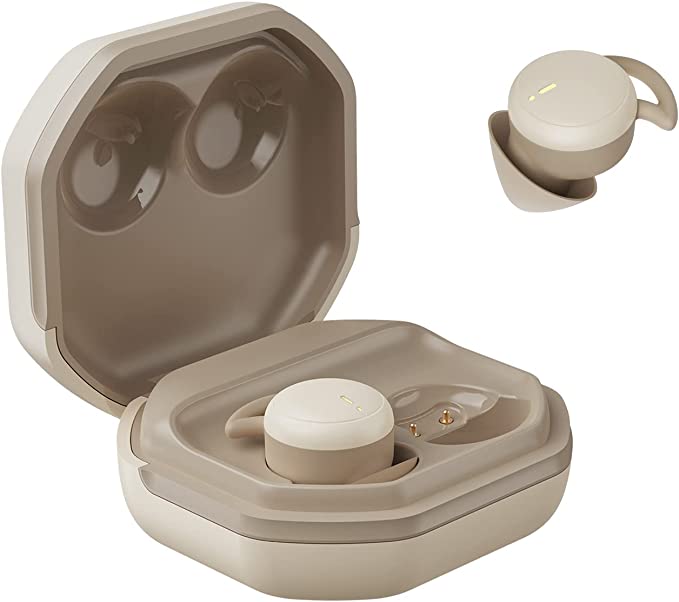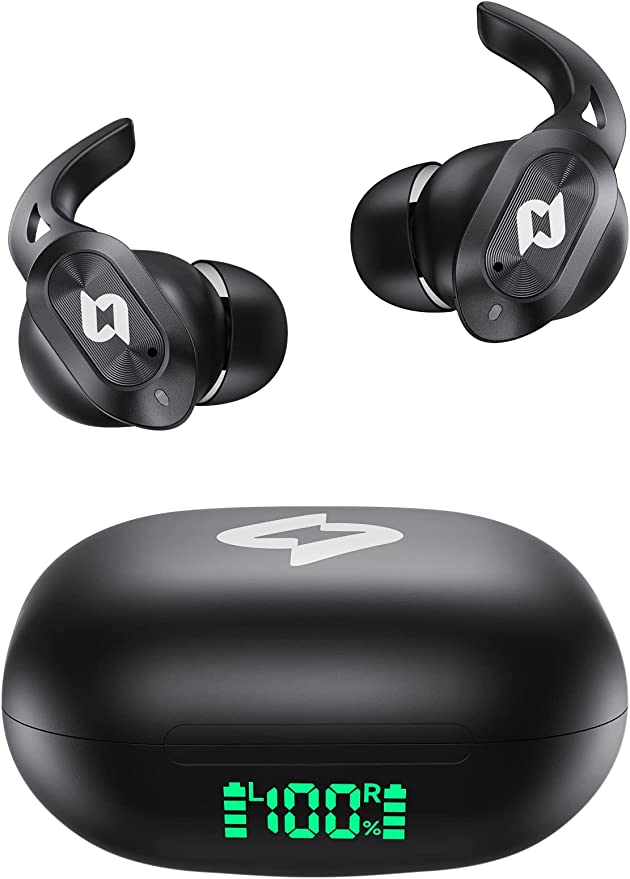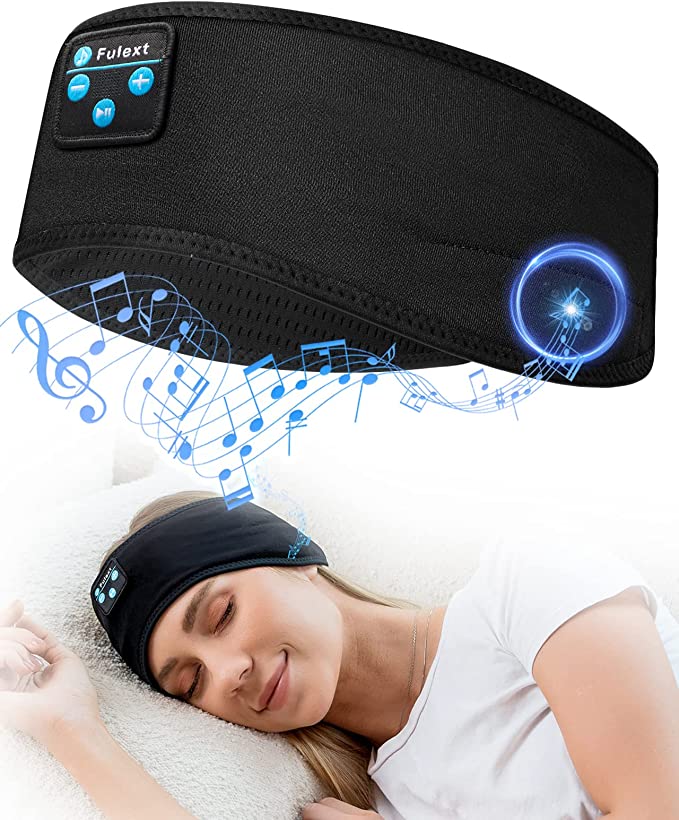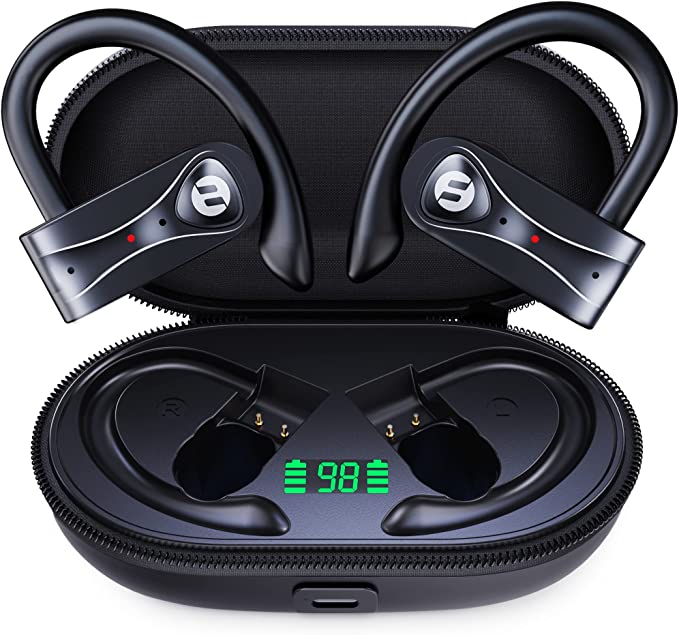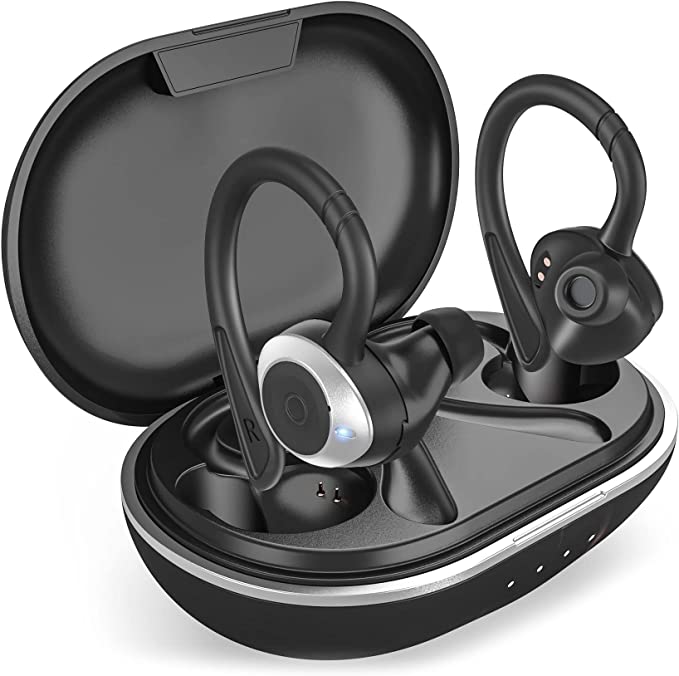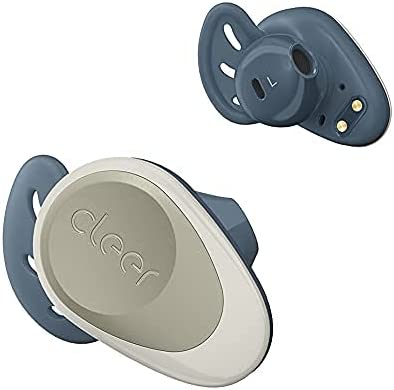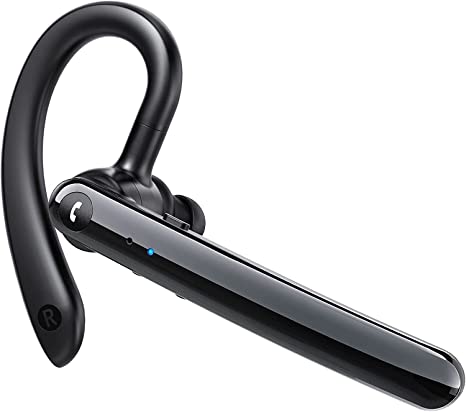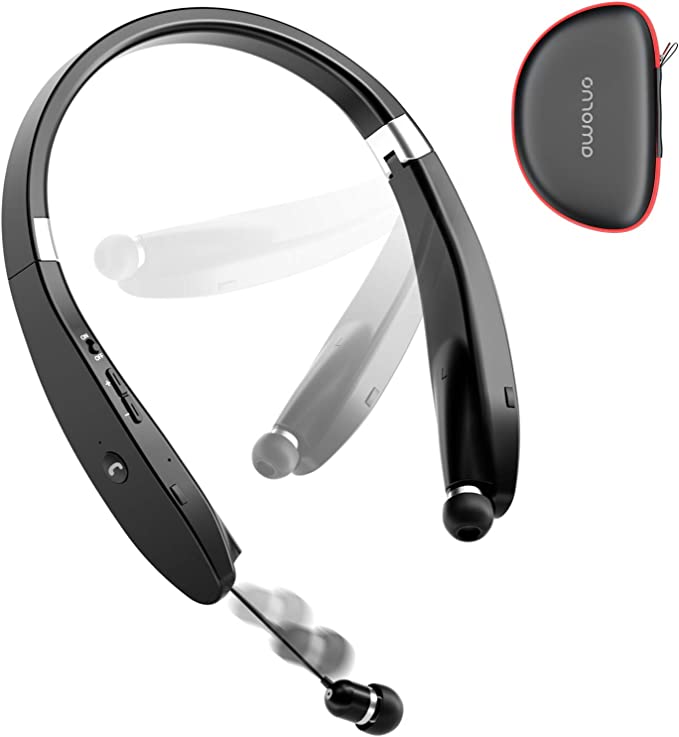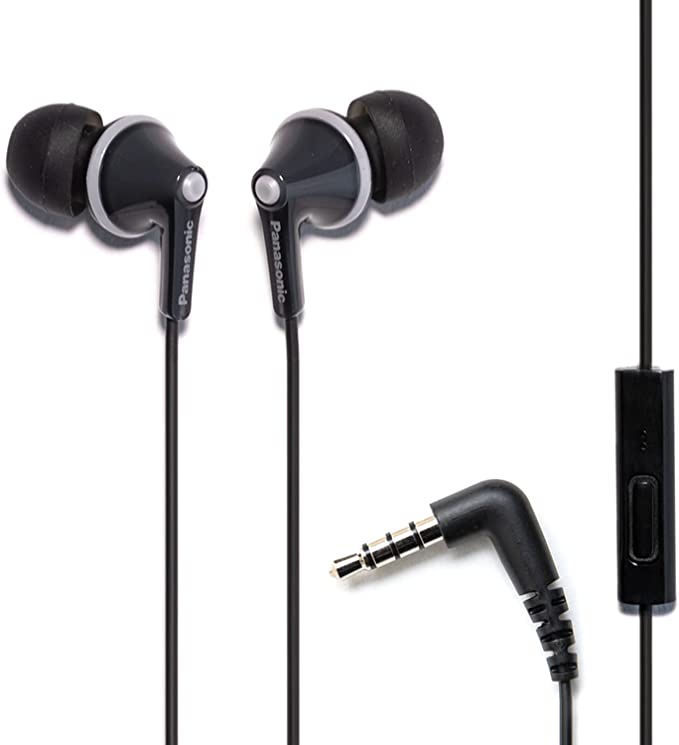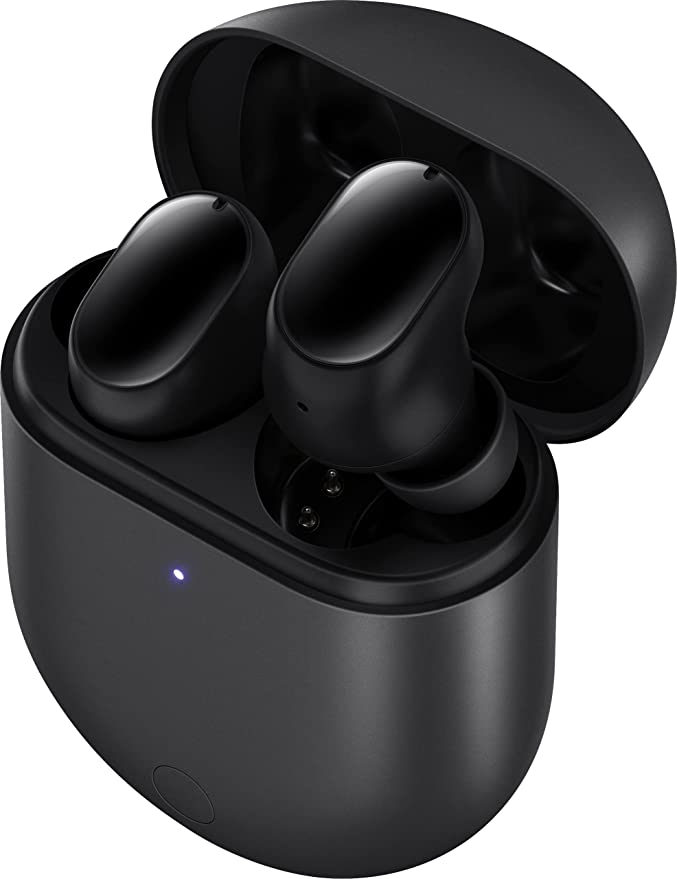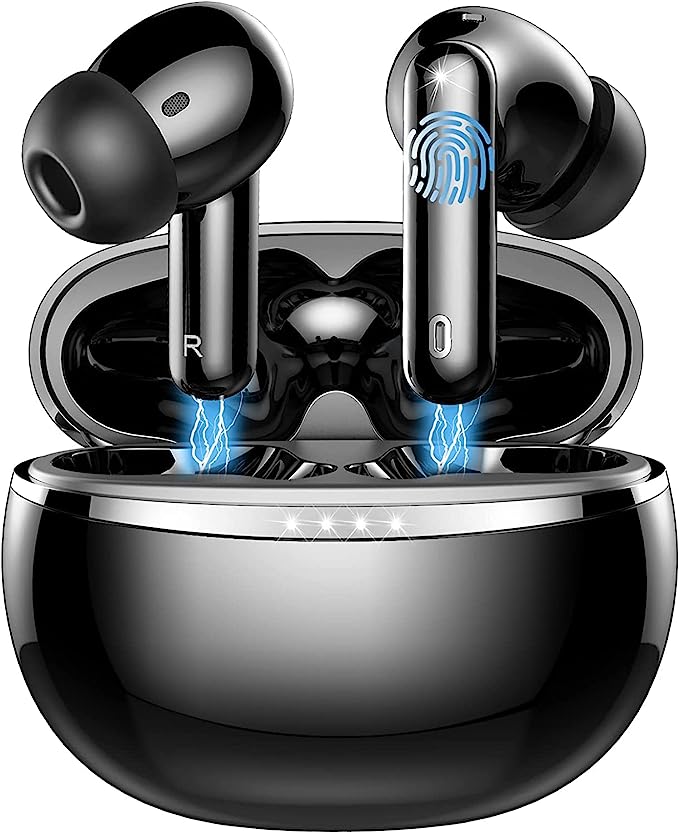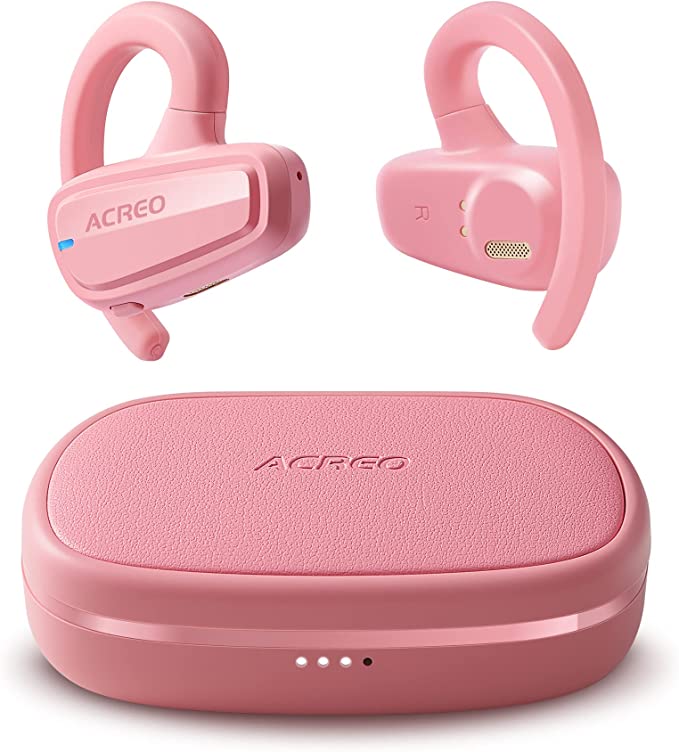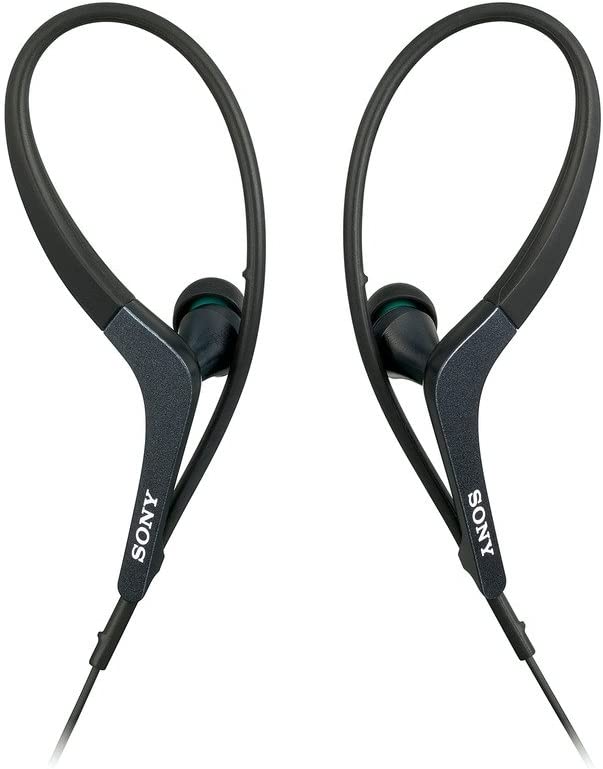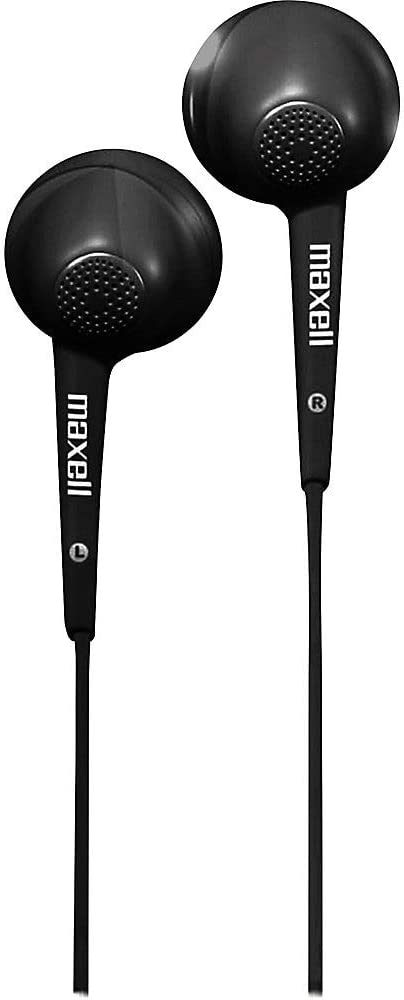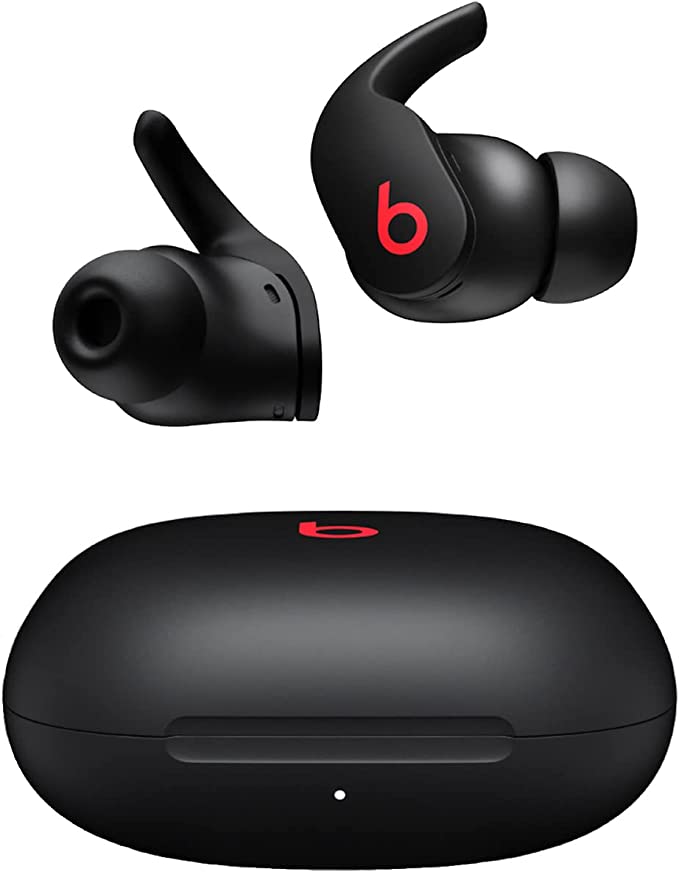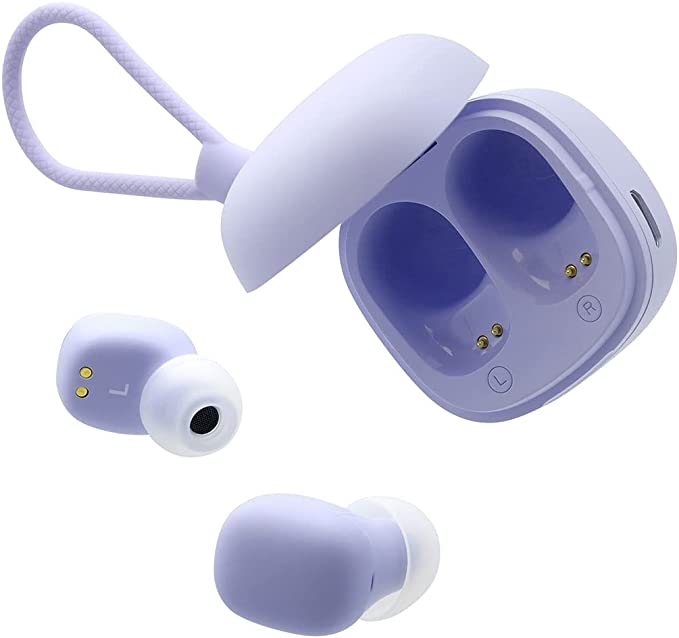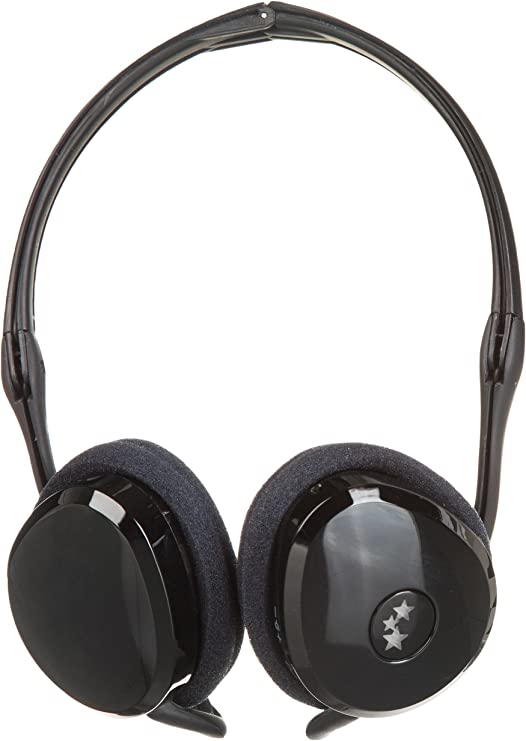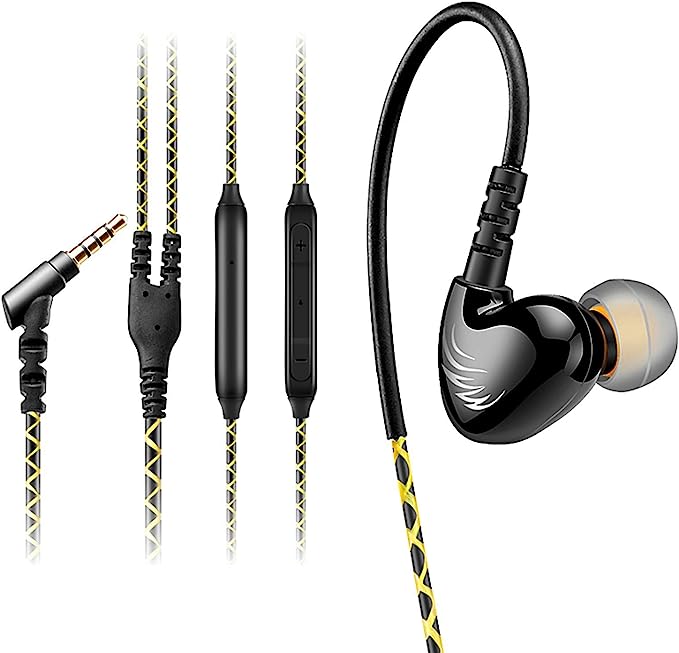The Engineering of Comfort: Decoding Somatosensory Interfaces and Fabric Acoustics in Squishmallow Headphones
Update on Nov. 22, 2025, 6:45 p.m.
In the realm of consumer electronics, “ruggedization” usually implies hard plastics, rubber bumpers, and military-grade seals. However, when the end-user is a developing child, the engineering requirements invert. Rigidity becomes a liability; texture becomes an interface.
The Squishmallow HP-0036-AST5-FOX represents a unique sub-genre of audio engineering: Soft Technology. Unlike standard headphones that prioritize acoustic isolation or frequency response, these devices prioritize Somatosensory Integration—the interaction between the device and the user’s sense of touch. To understand why this matters, we must look at the neuroscience of comfort and the physics of fabric acoustics.

Neuroscience of Materials: Why “Plush” is a Feature
The defining feature of these headphones is the polyester plush covering. From a materials science perspective, this is not merely aesthetic; it is functional Haptic Engineering.
- C-Tactile Afferents: Human skin contains specialized nerve fibers known as C-tactile afferents. These fibers respond optimally to slow, gentle stroking temperatures and soft textures. Unlike the cold, hard surface of ABS plastic found in standard tech, the plush material stimulates these fibers, which can trigger a biological relaxation response. For children, particularly those with sensory processing sensitivities, this transforms the headphone from a “foreign object” into a soothing stimulus.
- Pressure Distribution: Standard ear pads rely on memory foam to distribute clamping force. Here, the entire chassis acts as a cushion. The compressibility of the fiber fill creates a macroscopic Load Distribution System, spreading the headband’s tension over a much larger cranial surface area than a narrow plastic band, effectively eliminating pressure hotspots.
Acoustic Physics: The Fabric Filter
Covering a speaker driver with thick fabric fundamentally alters its acoustic properties. In audio engineering, this layer acts as a Low-Pass Acoustic Filter.
- High-Frequency Damping: High-frequency sound waves (treble) have short wavelengths and low energy. They are easily absorbed by porous materials like plush fabric. This naturally “rolls off” sharp, piercing sounds (sibilance), resulting in a warmer, non-fatiguing sound signature. While this technically reduces “fidelity” in the audiophile sense, it is an ergonomic advantage for young listeners, preventing “listener fatigue” during prolonged use.
- The Breathable Seal: Unlike leatherette pads that create a hermetic seal (trapping heat and humidity), the porous fabric allows for Thermal Regulation. Air can circulate through the fibers, preventing the “hot ear” effect, although this comes at the cost of Passive Noise Isolation. The physics of the material dictates a “semi-open” acoustic environment, keeping the child perceptually connected to their surroundings.
Connection Reliability: The Physics of the 3.5mm Jack
In an age of wireless ubiquity, the choice of a wired 3.5mm TRS (Tip-Ring-Sleeve) connector is a deliberate nod to Operational Reliability.
- Zero-Latency Signal Path: Wireless headphones introduce latency due to encoding, transmission, and decoding. For educational applications (like phonics learning apps), even a 200ms delay between lip movement and sound can disrupt cognitive processing. The copper wire provides a signal path at near-light speed, ensuring absolute audiovisual synchronization.
- Power Independence: Lithium-ion batteries introduce chemical aging and charge management complexity. By relying on the source device for power (via the analog signal current driving the voice coil), the headphones eliminate the most common failure point in modern electronics: the dead battery. It is a passive system, governed only by electromagnetism, not electrochemistry.
Conclusion: Software for Hardware
The Squishmallow Plush Headphones challenge the industrial design dogma that electronics must be sleek, hard, and cold. By engineering the chassis around the biological needs of the child—tactile comfort, thermal breathability, and acoustic warmth—it solves the “rejection factor” that plagues many pediatric medical and tech devices. It is a reminder that sometimes, the most advanced interface is not a touchscreen, but a texture.
